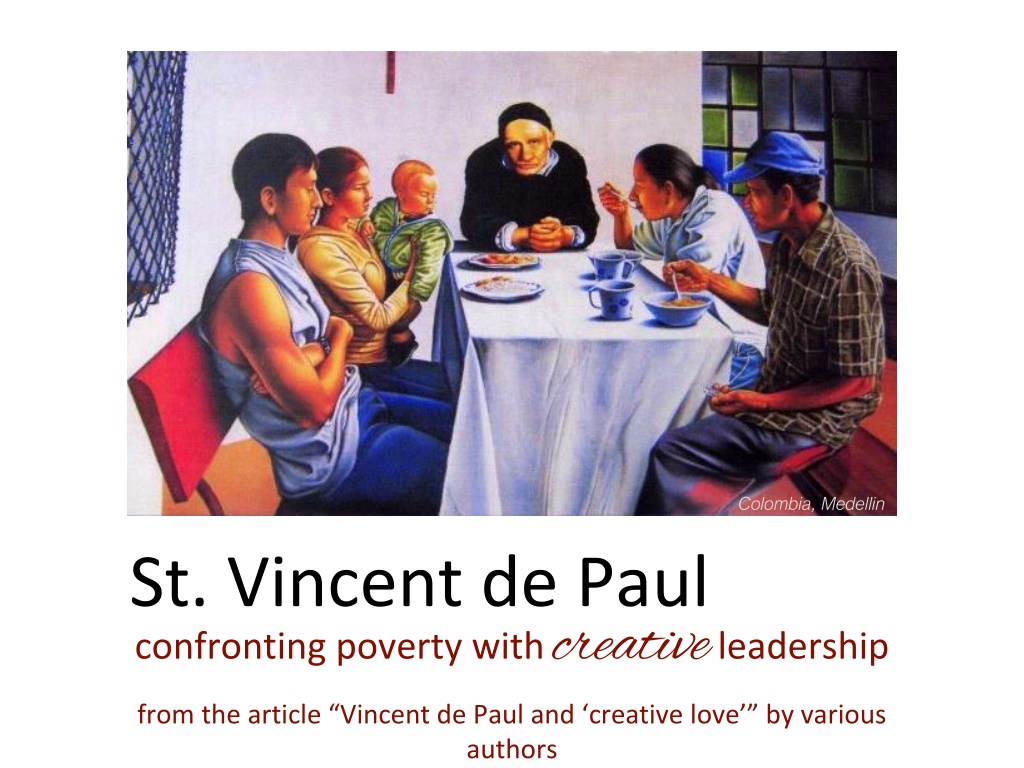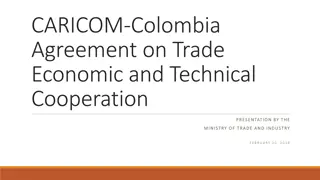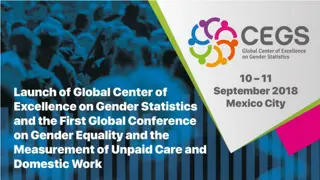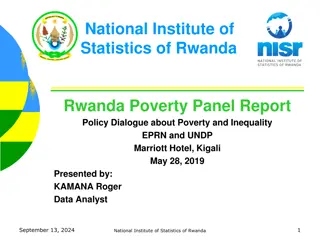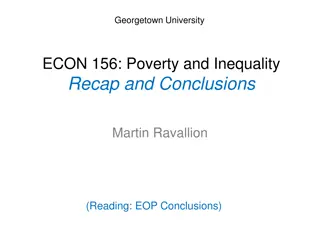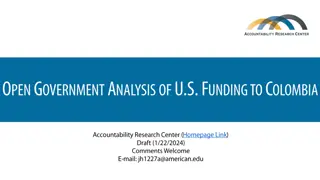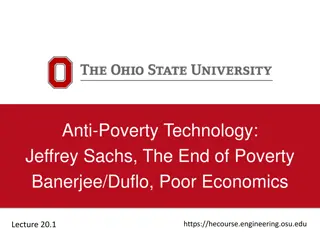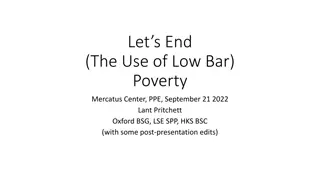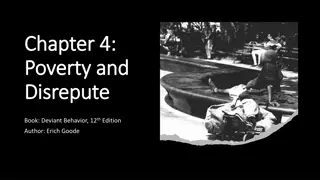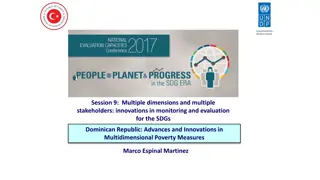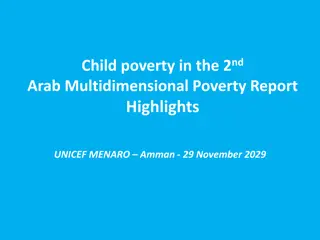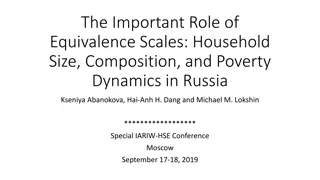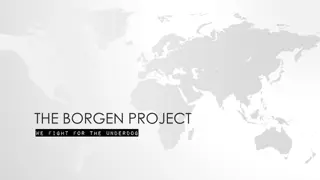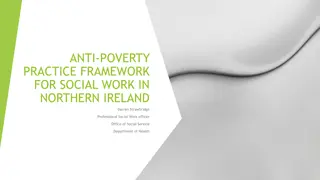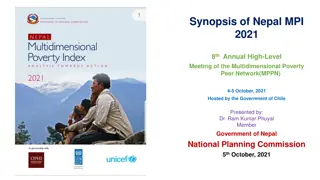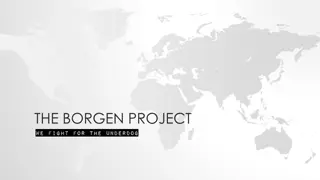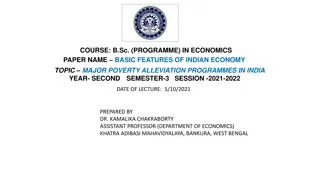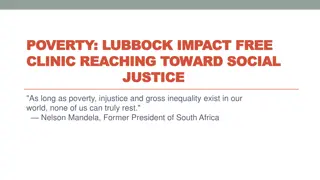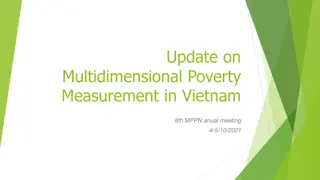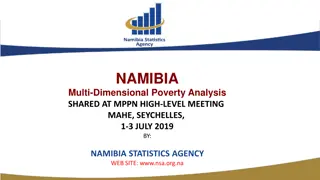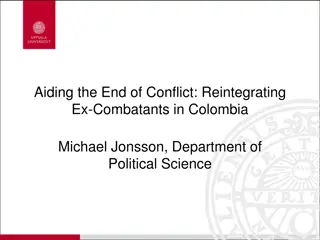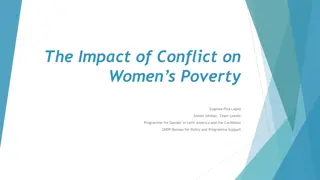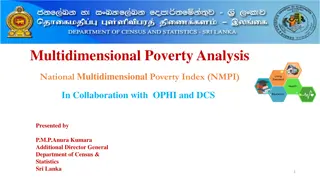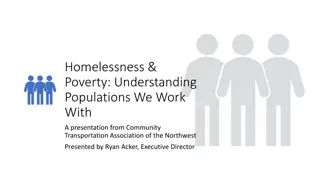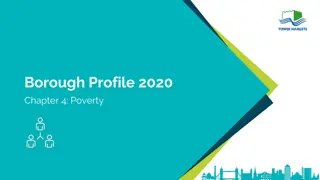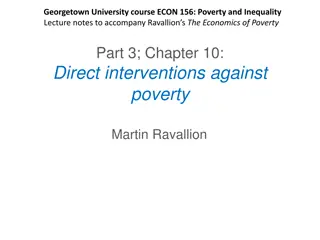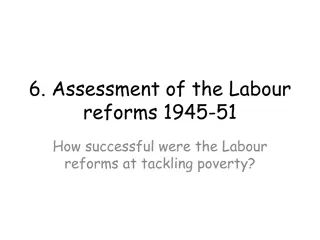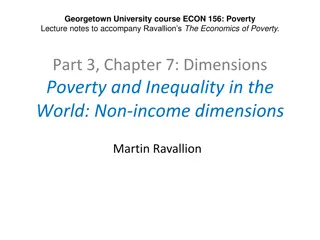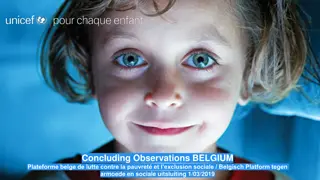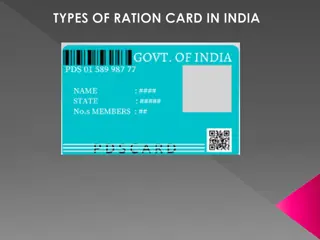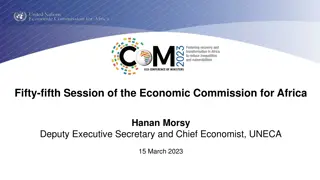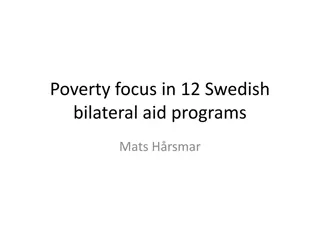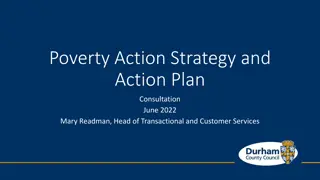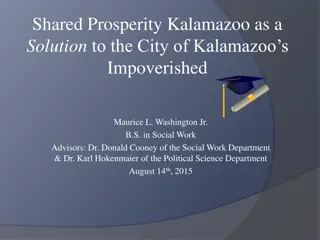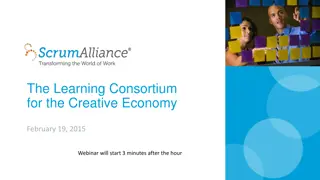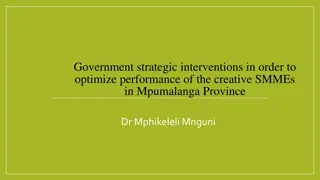Confronting Poverty with Creative Leadership in Medellin, Colombia
St. Vincent de Paul recognized various social issues in 17th-century France and responded with creative solutions over time, prioritizing trust in Providence and encouraging others to act. Through careful analysis and trust in divine guidance, he initiated impactful changes in society, including addressing illnesses, priest formation, and poverty. His approach emphasized patience, persistence, and a collaborative spirit to tackle challenges effectively.
Download Presentation

Please find below an Image/Link to download the presentation.
The content on the website is provided AS IS for your information and personal use only. It may not be sold, licensed, or shared on other websites without obtaining consent from the author. Download presentation by click this link. If you encounter any issues during the download, it is possible that the publisher has removed the file from their server.
E N D
Presentation Transcript
Colombia, Medellin St. Vincent de Paul confronting poverty withcreativeleadership from the article Vincent de Paul and creative love by various authors
St. Vincent recognized various existing evils around him Beginning in 1617, Vincent s vision was clarified and with God's help he began to notice many situations of misery: He recognized the misery that many families endured as the result of some illness. He saw that many priests had not received an adequate formation to fulfill their obligations. He knew the scourges that beggars experienced.
Creative solutions take time In light of those realities and many other realities he discerned the best way to respond to these evils. Those responses needed time to be developed and only then could one begin to see results.
Some situations were tougher than others There were times when the response was insufficient or not suitable for the situation, for example, the situation of abandoned children and the service provided by La Couche. More time was needed in order to analyze the problem.
Trust and encourage others to act but be ready to step in if needed After a careful analysis of the situation and after encouraging people who could change such situations and seeing that they refused to act (Vincent felt that others were better prepared to intervene in such situations) only then did Vincent decide to act.
Then, trust in Providence Yet even then Vincent waited for some sign from Providence, some sign that would frequently be revealed to him through some event. For example, Vincent was enlightened by the initiative of Marguerite Naseau who came forward to serve the poor. As a result of that event Vincent would refer to her as the first Daughter of Charity.
Trusting, learning Providence would also reveal itself in other ways. For example, the Bishop of Beauvais requested that Vincent organize retreats for the ordinands of his diocese. This marked the beginning of his ministry of the formation of the clergy a ministry that would include retreats, the Tuesday Conferences, and seminaries. Based on insights from these experiences, this was the way in which, in the course of time, the Daughters of Charity were organized. So we see the chain of events started by one request from a Bishop.
Relying on Providence does not mean waiting passively With these new initiatives nothing was left to chance or improvisation. The institutions that were established in order to respond to some urgent need were given detailed rules that defined their purpose. At the same time these institutions were established with certain resources that enabled them to function even when public consensus might change and oppose such activity.
Committed to seeing projects through Once Vincent decided on a specific course of action he was tireless in implementing such a solution. He dedicated himself to these new ministries and when necessary also committed the resources of the Congregation of the Mission.
Examples We see Vincent s tenacity in his decision with regard to the mission in Poland and the many sacrifices that this mission involved. He stated that the loss of Father Lambert aux Couteaux was like cutting off his own arm (CCD:III:169).
Examples Who could describe the incredible openness that was revealed as the confreres left France to begin a new mission in Madagascar and then Vincent had to listen to the disastrous news that was communicated to him?
Examples Who could describe the anxiety that Vincent had to experience as he witnessed the bad weather and crop failure that threatened those living in poverty with famine and death? the poor, he said, are my worry and my sorrow (Abelly III:117).
Tools for effective leadership The solutions that Vincent had opted for required determination and an unwavering spirit. Those who had been delegated to accomplish these various bold tasks relied on Vincent s support and encouragement. They followed his instructions and informed him about their progress. Through the exchange of letters Vincent was present to these various individuals he suffered and grieved with them.
What to take away from this We are members of a post-conciliar church that must confront new problems and new forms of poverty. Like Vincent, we must sharpen our powers of observation in order to discover these new forms of misery and their causes, and to minister together with those who are involved in finding solutions to this misery. At the same time we must also be attentive to the signs that Providence will reveal to us and when such a sign is given we must be ready to act with determination. Germany, Freiburg-im-Breisgau, Vincent and poor children
What to take away from this We will be able to respond to these present day problems if we reflect on the profound heritage that Vincent de Paul has entrusted to us and if we place ourselves in the same spiritual dynamic as Jesus as we proclaim Good News to the poor. Mural in Our Lady of Fatima parish in Contagem, Brazil
Questions for reflection & dialogue 1. Instead of becoming immobilized (I can t do anything more), are there other ways to be present to people, other ways to serve ? 2. As we analyze the causes of the new forms of poverty, how can we be creative as we confront these various situations? 3. Christians know that the Spirit is at work in the heart of humankind. Do we have the courage to reflect on and to examine our behavior, and see the inconsistencies in our activity?
Words from this presentation notice discern develop, over time take more time analyze encourage others to act decide when to act be attentive to signs from Providence write it down (make rules) secure resources stay committed be present to people
Questionnaire for your ministry What situations of misery have you noticed in your local area? What is causing these situations? Remember these words describing St. Vincent s leadership: determination unwavering spirit boldness What are some ways to analyze and respond to these evils? Is the current response (if any) sufficient and suitable for the situation? Who could change the situation? Are they willing to act? Do they need encouragement to act? What is God revealing to you through events, people, or other signs? delegate - support - encourage - instruct - enforce rules - communicate - empathize - be present Have you established rules for your organization/project? Do you follow them? Do you make time to raise funds and encourage new volunteers/vocations to insure that you can continue to function? Once you start a project, how do you stay committed to see it through? List some examples.
From the article Vincent de Paul and "creative love, En tiempos de San Vicente de Pa l y hoy, Volume II, Editorial CEME, Santa Marta de Tormes (Salamanca) Spain, 1997, p. 103-113. The above cited work was translated from the French by Mart n Abaitua, CM (Au temps de St. Vincent-de-Paul et aujourd hui), Animation Vicentienne, 16, Grande rue Sa nt-Michel, Toulouse, France. This work is not attributed to any one author but it is stated in the Introduction that the articles were written by various authors. Images: Depaul Image Archive presentation by
